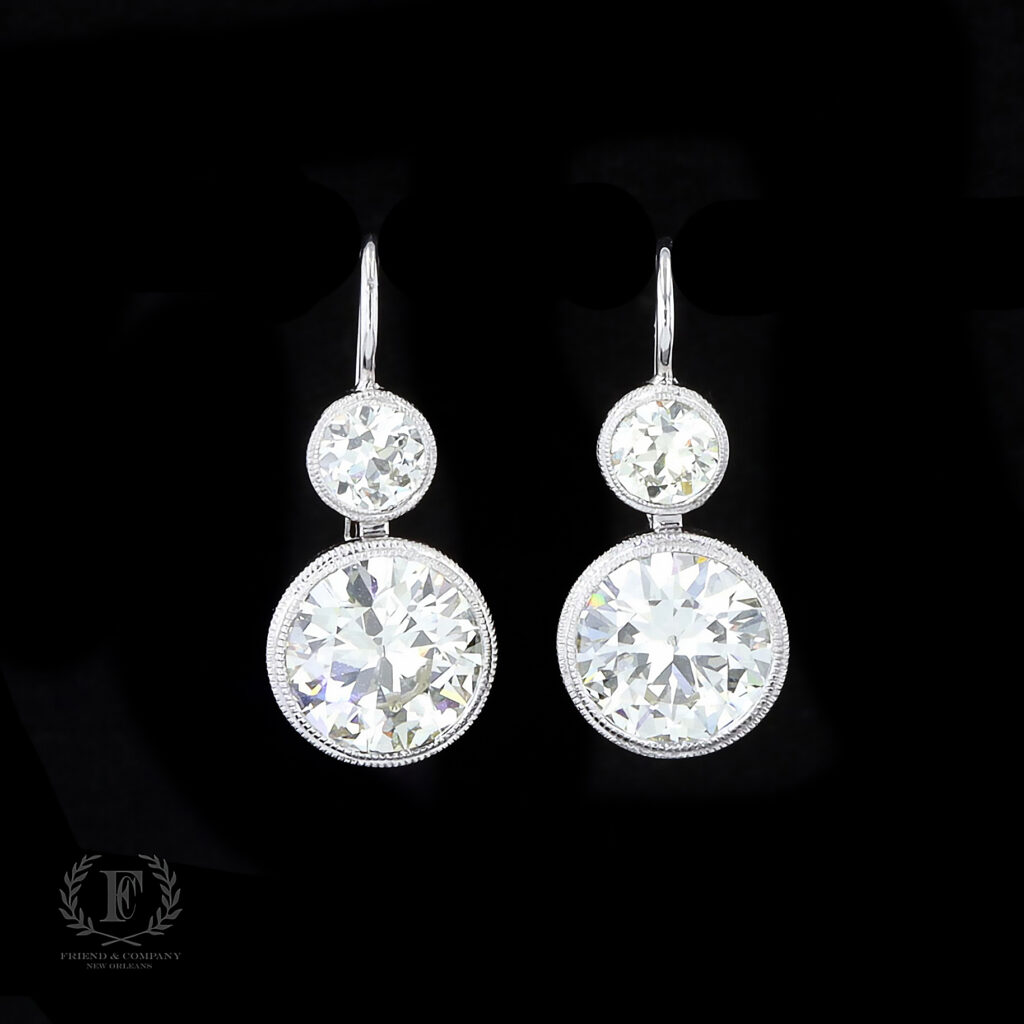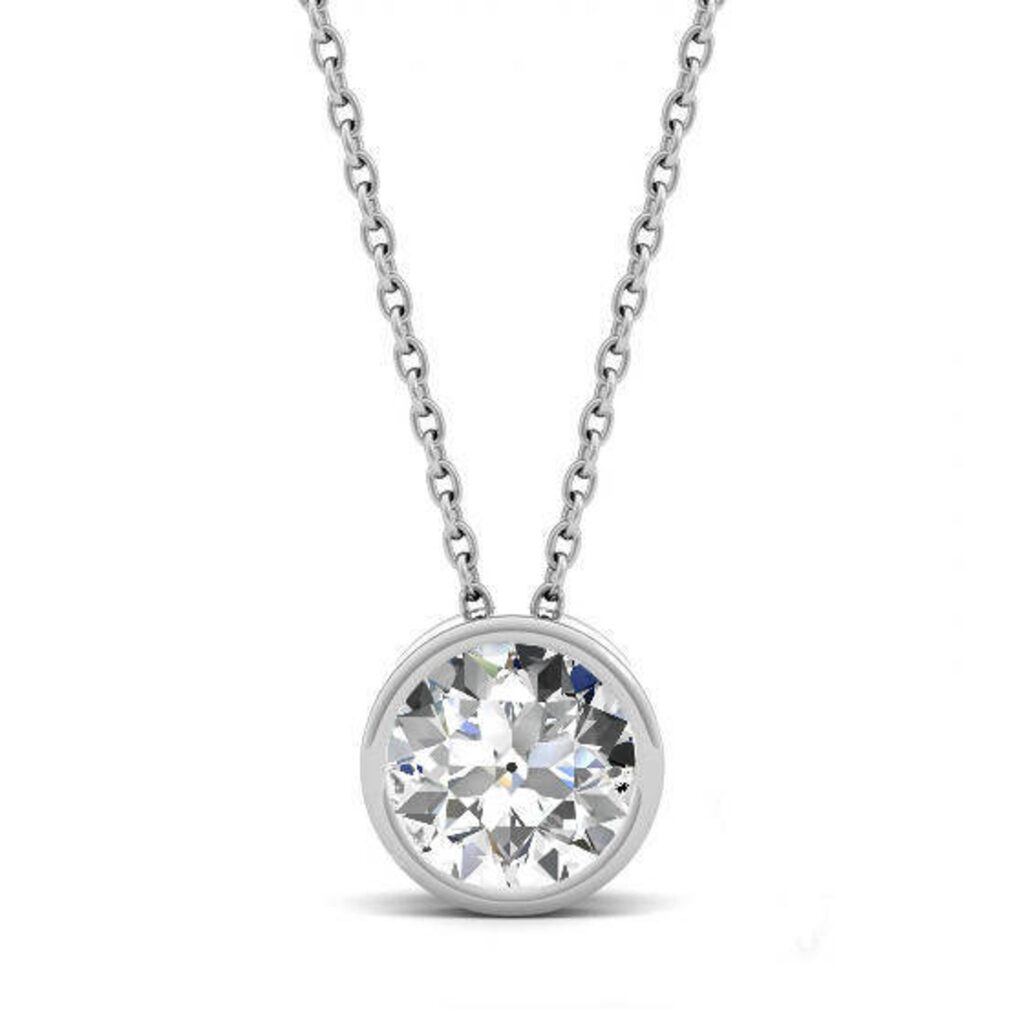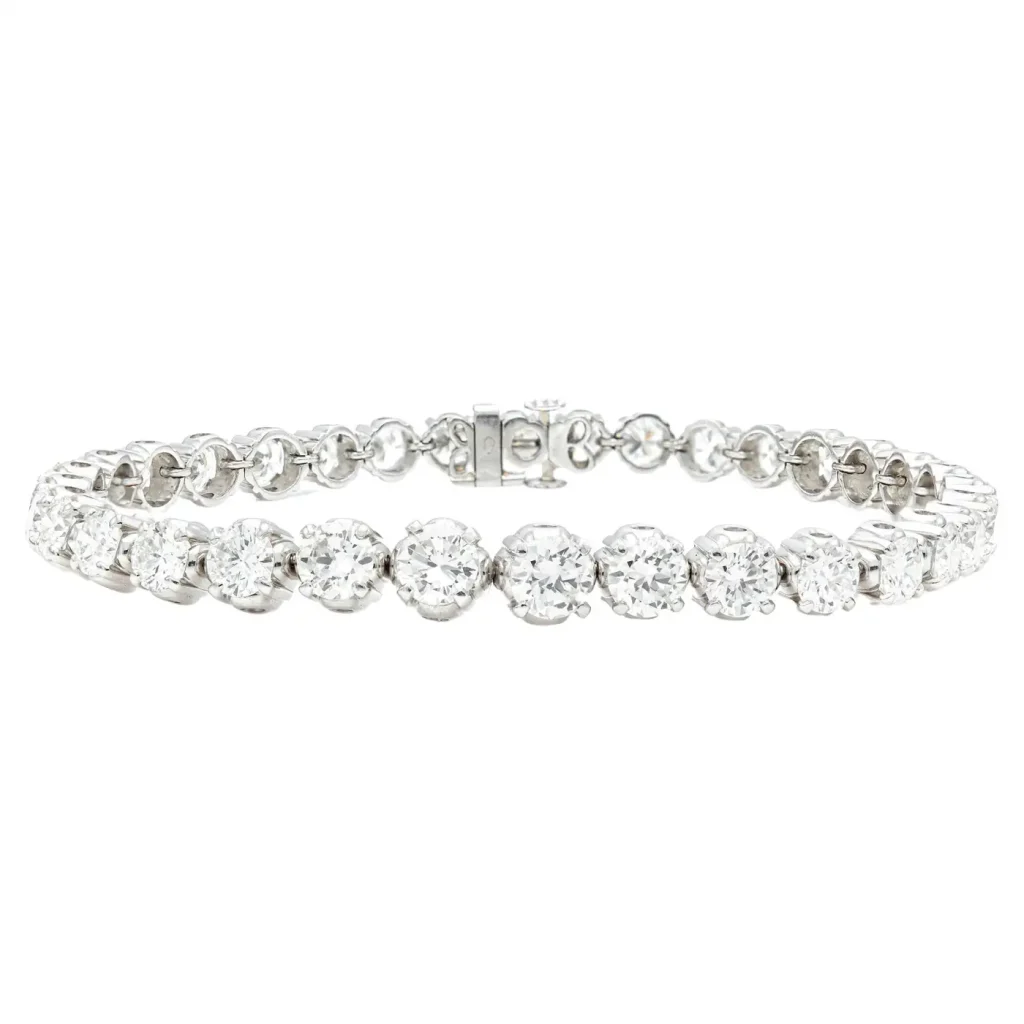Old European Cut diamonds, often referred to simply as Old-Cut diamonds or Old Euros, have a rich history deeply rooted in the development of diamond cutting techniques and the evolution of jewellery styles in Europe. Here’s a brief overview:
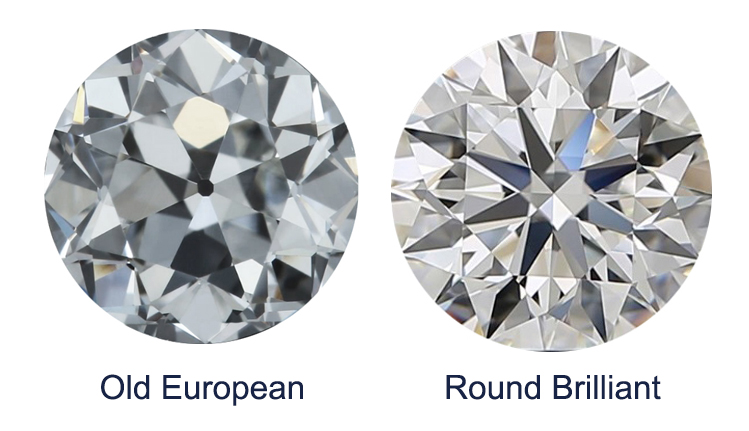
- Origins: The Old European Cut emerged during the 18th and 19th centuries in Europe, particularly in diamond cutting centres such as Amsterdam, Antwerp, and later in other European cities. This cut evolved from earlier diamond cuts such as the Rose Cut, which was popular during the Renaissance period.
- Characteristics: Old European Cut diamonds are distinguished by their round shape with a smaller table, high crown, and larger facets compared to modern brilliant cuts. These features give them a distinctive sparkle, characterised by broad flashes of light rather than the fiery brilliance of modern cuts.
- Technological Advancements: The development of new cutting and polishing techniques in the 19th century, such as the invention of the steam-powered diamond cutting machine by Henry Morse and subsequent innovations, allowed for greater precision in diamond cutting. This period saw the refinement of the Old European Cut into a more standardised form.
- Popularity and Decline: Old European Cut diamonds were highly popular during the Victorian, Edwardian, and Art Nouveau eras, where they were often featured in elaborate, ornate jewellery designs. However, their popularity waned with the advent of modern brilliant cuts, such as the round brilliant cut developed by Marcel Tolkowsky in the early 20th century. The round brilliant cut offered greater brilliance and fire, appealing to changing tastes in jewellery design.
- Resurgence in Popularity: In recent years, there has been a resurgence of interest in vintage and antique jewellery, leading to a renewed appreciation for Old European Cut diamonds. Many people are drawn to the unique charm, character, and historical significance of these diamonds, which are often featured in vintage-inspired or antique-style jewellery pieces.
- Value and Rarity: Due to their antique status, Old European Cut diamonds are considered rare and highly sought after by collectors and connoisseurs. Their value is influenced by factors such as size, colour, clarity, and overall condition, as well as the historical provenance and craftsmanship of the jewellery piece in which they are set.
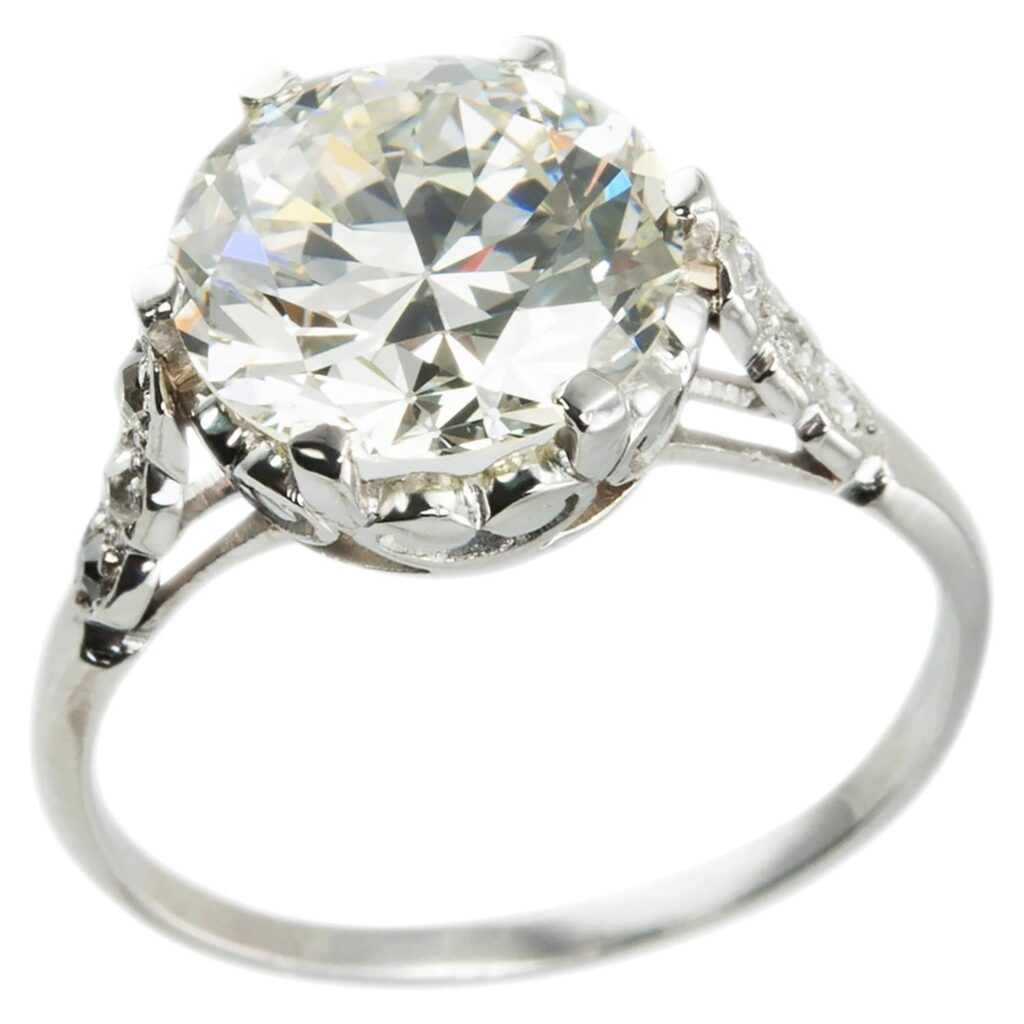
Overall, the history of European Old-Cut diamonds reflects the intersection of technological innovation, changing aesthetic preferences, and the enduring appeal of vintage craftsmanship in the world of jewellery design.
